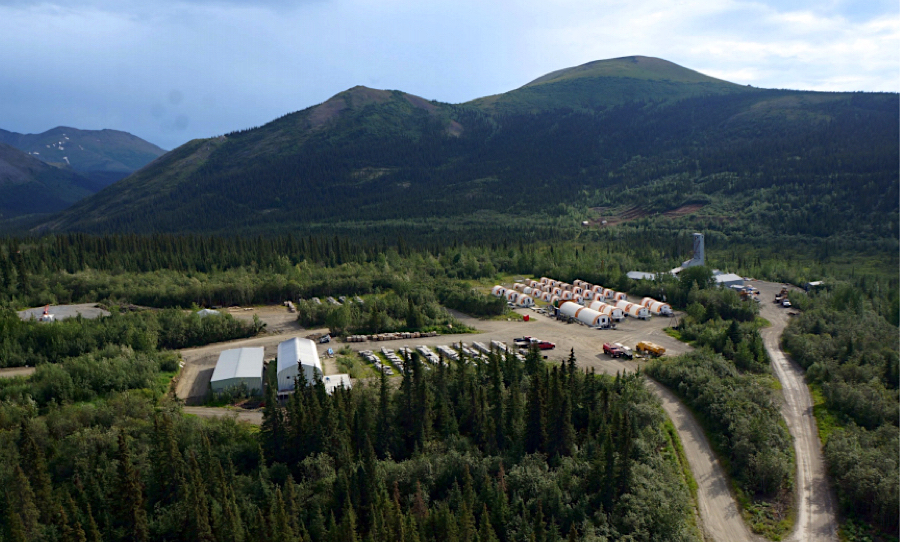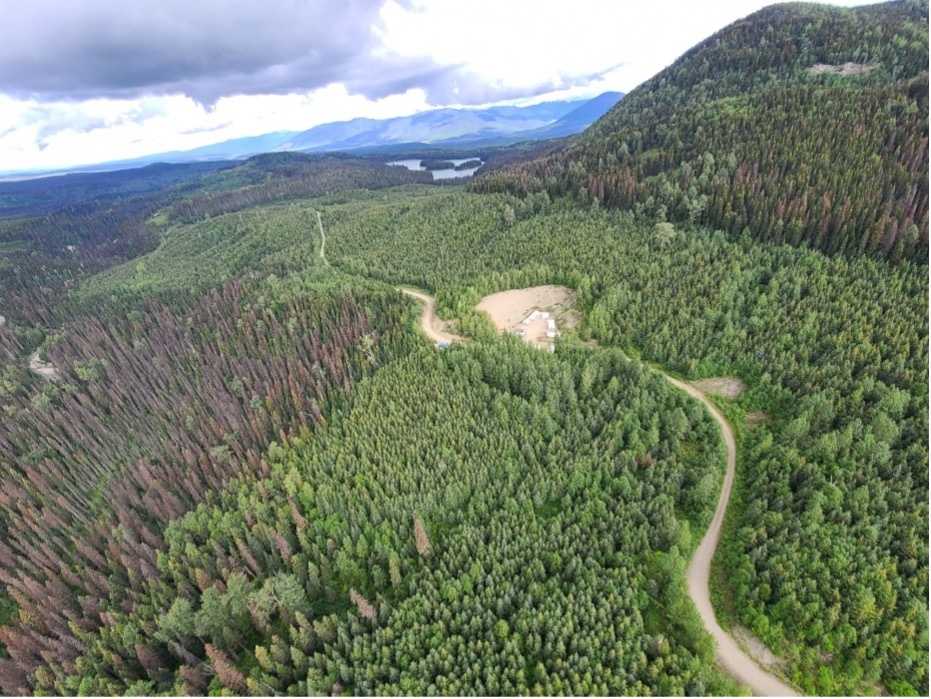South32 eyes Alaska’s copper under potential Trump policy changes

Australia’s South32 (ASX: S32) is hopeful about a potential policy shift under Donald Trump’s second administration that could unlock access to the Ambler Mining District, a copper-rich region in northwest Alaska.
The company and its Canadian partner Trilogy Metals (TSX, NYSE: TMQ) hold development rights and would benefit if plans for a controversial industrial road to the area gain approval.
The 211-mile (340-km) road, which would enable mining operations in the region, was blocked in June by Interior Department due to environmental concerns. The two-lane, all-season gravel road would run through the Brooks Range foothills and the Gates of the Arctic National Park and Preserve, crossing 11 rivers and thousands of streams before it reached the site of a future mine.
The Biden administration’s decision protected 28 million hectares of federal land from mineral development. Proposals to revisit and expedite the project have since surfaced in documents associated with Project 2025, a conservative policy blueprint for a second Trump term.
While Trump distanced himself from the document during his campaign, mining stakeholders such as South32 are hopeful that the road’s approval could be back on the table.
‘Game changer’ asset
Ambler Metals, formed in 2019 by South32 and Trilogy Metals have exploration rights over the Upper Kobuk Mineral Projects (UKMP).
The assets, consisting of the Arctic and earlier-stage Bornite copper projects, have a combined resource of 8 billion pounds of copper, 3 billion pounds of zinc and 1 million ounces of gold equivalent.
The proposed mine is expected to produce more than 159 million pounds of copper, 199 million pounds of zinc, 33 million pounds of lead, 30,600 ounces of gold and 3.3 million ounces of silver over a 12-year mine life.
South32 chief executive, Graham Kerr, underscored the strategic importance of the Ambler Mining District.
“It’s a long-term play, but in a couple of years, we’ll know the size of the resource,” Kerr said in an interview quoted by Bloomberg. He noted that the geology of the region suggested clusters of significant copper deposits, making further exploration highly promising.
Ambler Metals has already identified a high-grade copper deposit but faces challenges due to the area’s narrow seasonal window for exploration. Despite these constraints, Kerr believes that discovering another major deposit could be a “game-changer” for the company and its partners.
The stakes are high as demand for copper is expected to surge in the coming years, driven by its critical role in the energy transition and renewable technologies.
BHP (ASX, NYSE: BHP), the world’s largest miner, expects that global copper consumption will increase by an additional 1 million tonnes annually, on average, until 2035. The Union Bank of Switzerland (UBS) backs this projection, forecasting that copper supplies will fall in the coming six to 12 months, which could lead to a deficit of more than 200,000 tonnes in 2025.
Major new copper discoveries are increasingly rare, and the Ambler region’s untapped resources have attracted significant interest. Shares in Trilogy Metals surged nearly 100% following Trump’s recent electoral victory, reflecting market optimism about the potential policy shift.
Long-term opportunity
Environmentalists and Indigenous groups have long opposed the road project, citing potential damage to ecosystems and traditional lands. The Biden administration’s decision to block the road was seen as a victory for conservation efforts. Reopening the debate under the Trump administration could ignite fresh conflicts between economic interests and environmental protections.
The path forward remains uncertain. Approval of the industrial road would be crucial to unlocking the district’s full potential and boosting copper production in an era of high demand.
As Kerr noted, the opportunity is a long-term one, but the rewards could reshape the copper mining landscape if realized.
(With files from Bloomberg)
{{ commodity.name }}
{{ post.title }}
{{ post.date }}


Comments